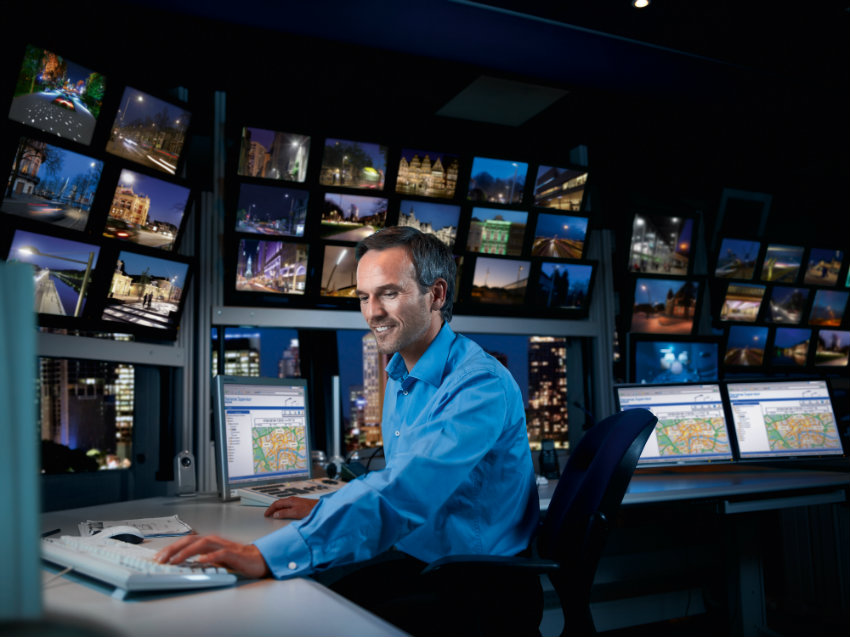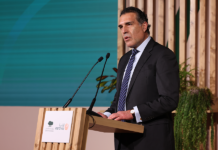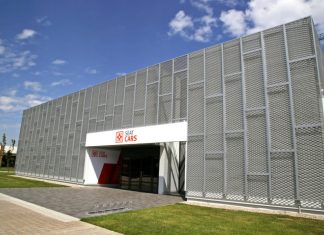 Forget business as usual. Disruption affects almost every economic activity,
Forget business as usual. Disruption affects almost every economic activity,
threatening to displace even the biggest established brands as existing models are constantly challenged and markets evolve at breakneck speed.
To not just survive, but prosper, companies must be agile, innovative and open enough to deliver what we demand now and envision what we want next. From backrooms to boardrooms, start-ups to multinationals, inspired business leaders are putting people’s needs at the heart of what they do. Whether it’s illumination or mobility, finance or resources, consumer goods or gaming as values change, so must value propositions.
IT giant Cisco helps corporate clients and partners “understand how technology can play a major role in the way they transform their business,” says Tony Shakib, Cisco’s vice president of IoE vertical solutions engineering. “Until you connect things, you do not have the connection with your assets to see how they are performing. Once you deploy IoT, you have a significant advantage over the competition.”
Last December, Philips Lighting announced a partnership with Cisco to bring the benefits of IoT into offices.
“In the future, connected street lighting could form the digital backbone of smart cities.”
Eric Rondolat, CEO, Philips Lighting
Combining Philips’ Ethernet-powered and connected systems with Cisco’s networking know-how, the next-generation of lighting will improve energy efficiency, enhance user environments, and can even be controlled by smartphone.
But Philips’ illuminating solutions go way beyond the workplace. Its cloud-based CityTouch software platform enables urban managers to analyze data, fix problems, and control street lighting networks in real time.
European cities such as London and Rotterdam have already introduced the technology. Last year, Los Angeles became the first city in the world to control almost half its 215,000 lighting fixtures using wireless CityTouch connector nodes that simply screw into the top of existing LED street lamps to make them smart.
“In cities, lighting is all around us,” says Eric Rondolat, CEO of Philips Lighting. “There are more than 300 million streetlights in the world. Less than 12% are LED and less than 2% are connected. In the future, we’ll think of street lighting differently, as digital hubs able to host sensors, cameras, and other technologies to deliver new services and improve the lives of citizens.”
It’s about productivity. When you connect your assets,you can see how they are performing.”
Tony Shakib,VP of IoE Vertical Solutions Engineering, Cisco
Lighting accounts for 15% of the planet’s energy bill, yet over 1 billion people live without access to power. As the global population continues growing and migrating to urban areas, demand for electricity is rising by 3% a year. But efficiency improvements lag behind. For Philips, the only way to make up the shortfall is by balancing both sides of the energy equation.
“If we accelerate the renovation of existing infrastructure in cities, we will save energy and create jobs,” Rondolat explains. “We have also seen that assisting developing countries to use technology will leapfrog stages of development and kick-start economies. Everything is moving in the same direction.”
Swapping traditional illumination technology for LED lighting could save cities as much as
50% percent of their electricity consumption overnight. For Rondolat, controlling lighting digitally is key to capitalizing on short-term gains by delivering long-term savings over the lifetime of LED installations: “This is good for the climate, our economies, and for the people whose lives we aim to improve. It’s time to speed up change.”![]()






























